Servicing your car may seem like a complicated affair whilst you are a complete novice.
After all it is a large and very expensive machine that you rely on and it’s easy to imagine a worst case scenario for your servicing efforts in which you get something wrong and the car won’t start or run properly until some mechanic has been paid roughly $2000 and had your car for at least a week and a half.
Don’t stress though! This simple, stress free guide can be followed by even the most novice mechanic. The only thing you need to know already is how to open your bonnet. The rest is all in this handy guide.
To perform a very basic service we will be covering 6 easy areas below for maintenance before you take a trip.
Key Areas
- Oil
- Air Filter
- Tyre Pressure + Nuts
- Coolant System
- Windscreen Wipers
- Lights
-
Things you’ll need;
- A rag or paper towel
- A tyre gauge
- Air compressor
- Engine Oil
- Tyre iron
- Water
- Engine coolant
- Oil
- First locate your dipstick. A dipstick will usually have a rounded head for your finger to hook through and should look like the yellow topped thing in the picture above.
- Pull if out and wipe it off with a clean rag and take note of where the empty and fill lines are on the bottom of the dipstick.
- To check the oil level – Insert it back to the engine slowly and pull it back out again.
- Air Filter
- Undo the clips and take it out. Be sure to make sure you pay attention to how it was sitting inside the case you don’t want to try and put it in backwards.
- Give the air filter a light tap out and clean out any larger debris you see in there such as tree leaves or small twigs.
- Make sure the black box it came from is also clean from debris and then place the filter back in and clip it down.
- Tyre Pressure
- Check your tyre pressures with a gauge wither handheld or at a service station.
- When you’ve checked all of the tyres on your car be sure to check your spare as well! You don’t want to get a flat to find that you have a flat spare tyre also.
- Wheel nuts.
- Grab your tyre iron from the boot of your car and just make sure all of your wheel nuts are firm. Don’t tighten them right up just make sure they are firm.
- Window Wipers
- Lights
- Sit in your car and get a friend or family member to stand outside the car. Be sure to check your front and back lights. That includes high and low beam for the front and your reverse and brake lights at the rear as well as your indicators. All of these things are critical to avoiding accidents on the road.
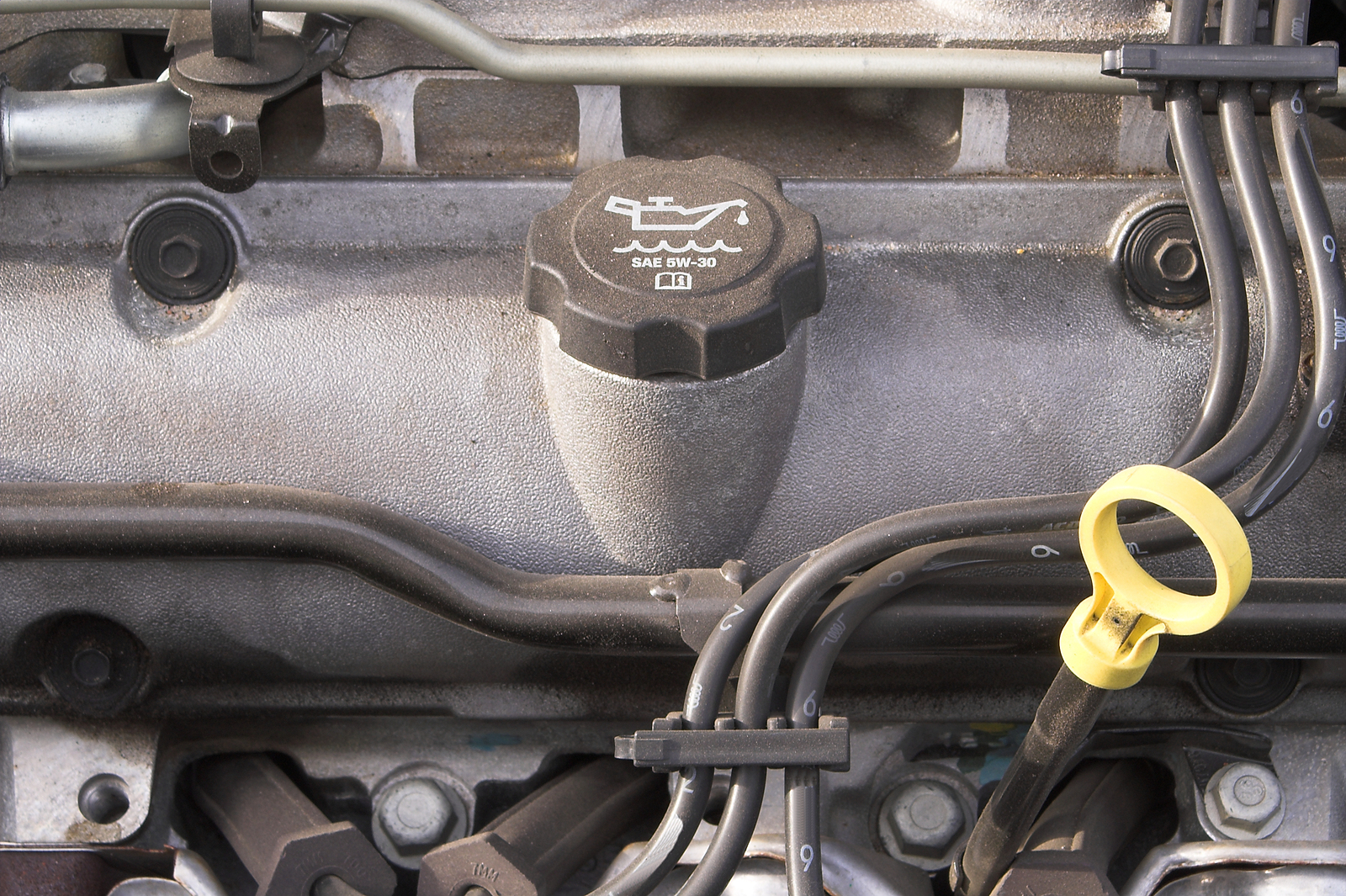
Checking your oil isn’t as complicated as most of us think when we are younger. It’s no more complicated than boiling pasta or buttering bread.
Is it between the empty and fill lines? Most will be. As a rule of thumb if you’re oil is about half way or under you should fill it.
IF needs filling – To top it up; find the cap on the top of your engine block and open that. Pour your engine oil into this in small quantities.
For those of you who may be unaware this should NOT be brimming with oil. Your engine will only take a few litres of oil in total so if you need to top it up it is recommended that you do so in volumes of roughly 200 millilitres.
Give the oil about 30 seconds to make its way down the engine and then recheck the dipstick the same as before by wiping it and then dipping it again.
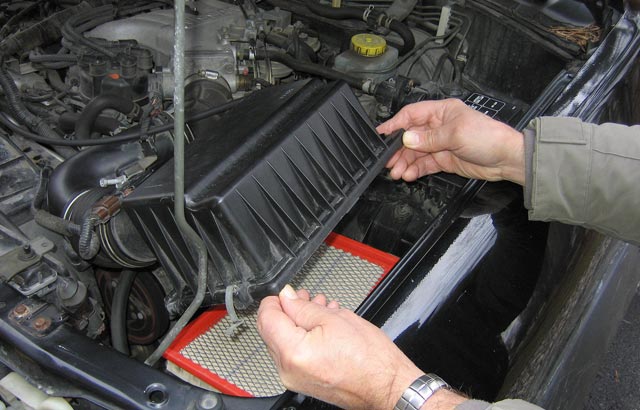
Checking you air filter is also very simple.
It should look like a black box with metal clips around the outside of it. It can be square or rectangular depending on your cars make and model.
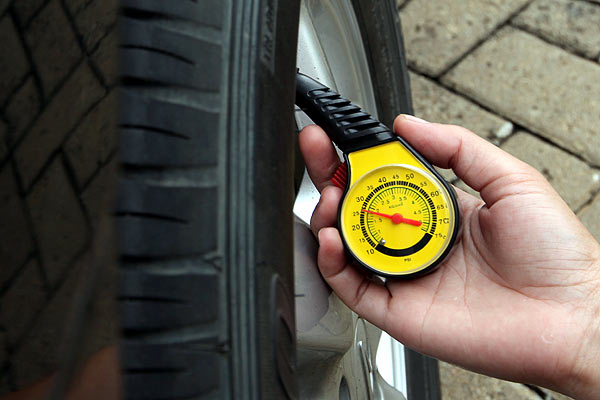
Another easy one. See?! It’s not so complicated after all.
For most passenger cars around 32 psi is fine to have your tyres at however if you are carrying a lot of weight, are using low profile tyres or have a non-standard vehicle such as a 4WD you might want to check the owner’s manual or our tyre pressure guide for more info.
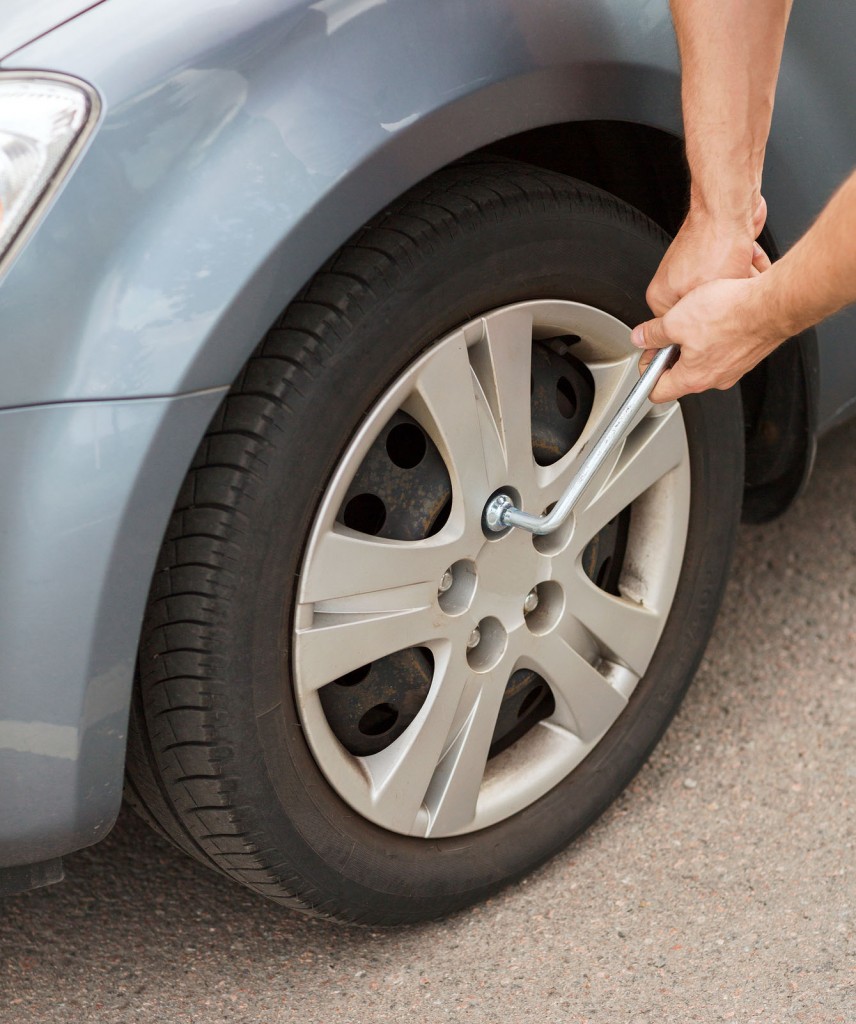
Following on from checking your tyre pressure it can’t hurt to check your wheel nuts also. Although these very rarely come loose under normal driving conditions it pays to be sure.
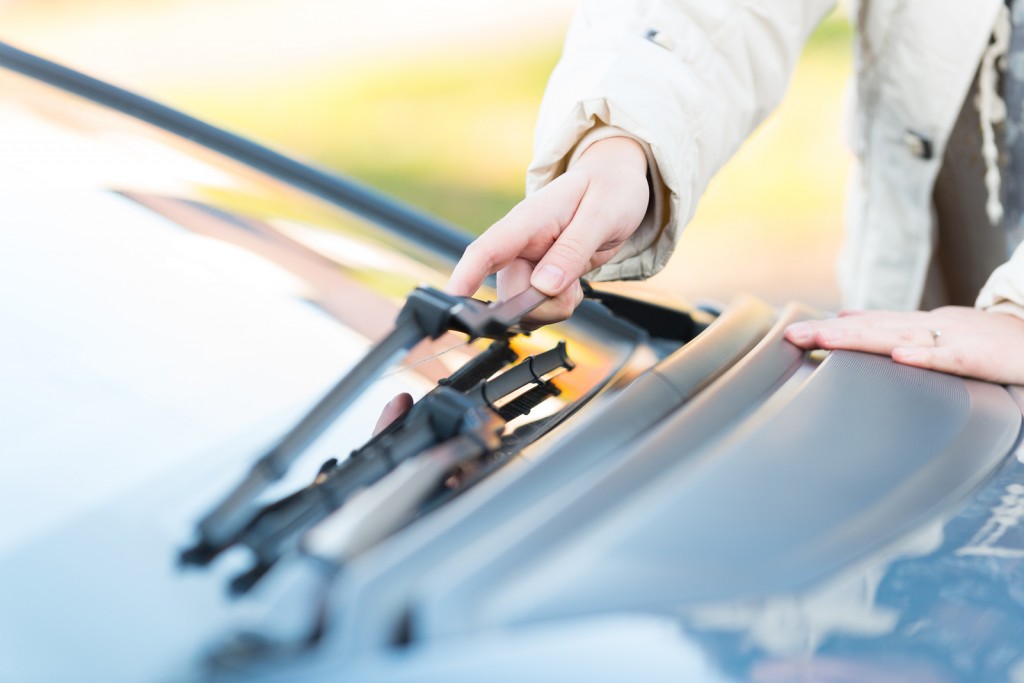
Nothing is worse than being on the highway and driving right into what looks like the perfect storm, flicking on your window wipers and realizing that they have just had it.
A visual check is fine make sure they aren’t falling off, or worn out. If you really want to just wash your windscreen and flick them on. If they need replacing any local Repco, Autobarn or Supercheap Auto auto will be able to help you for around $20.
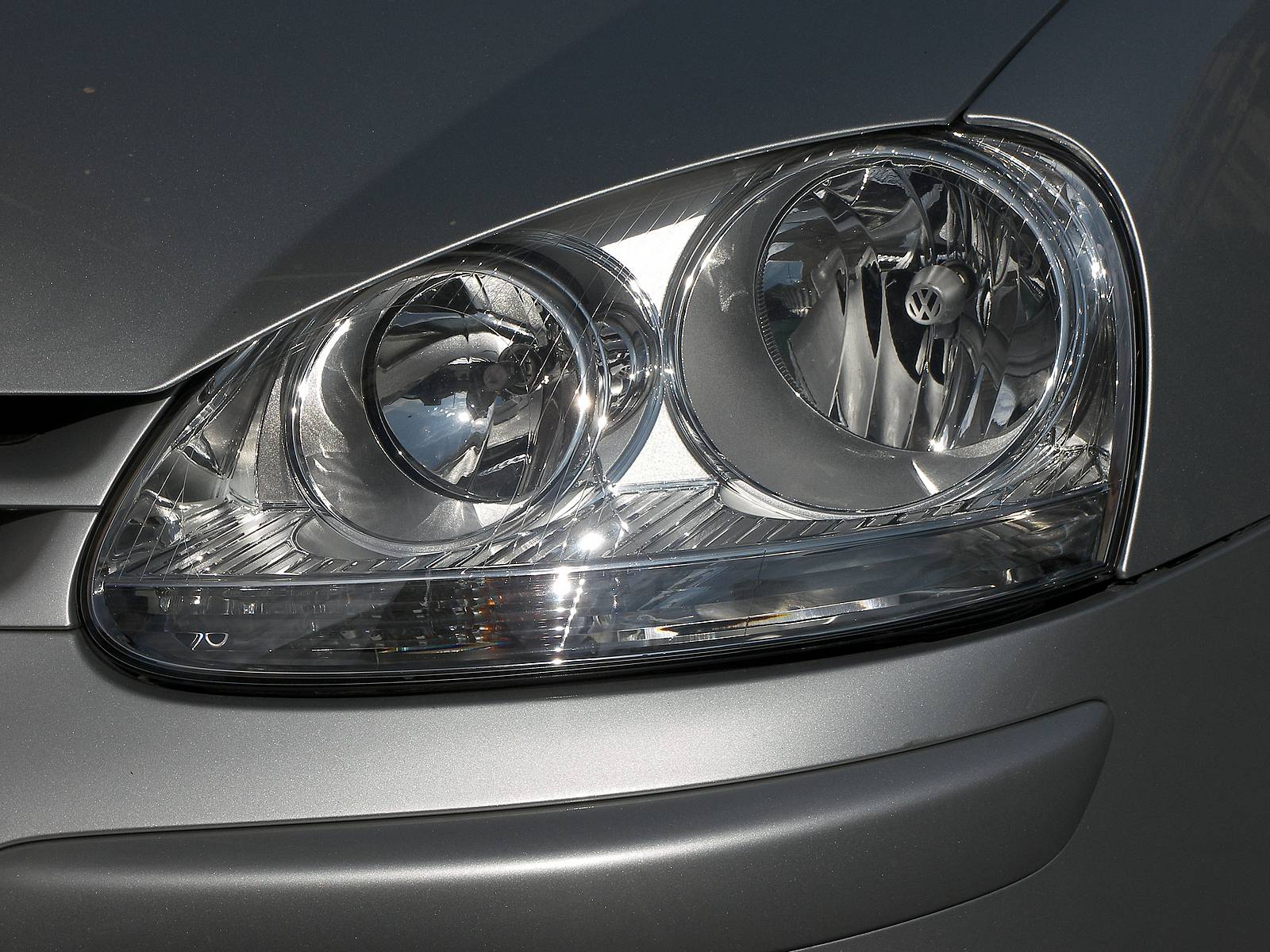
Your lights are one of the most important things on your vehicle. You’ll need a friend for this.
